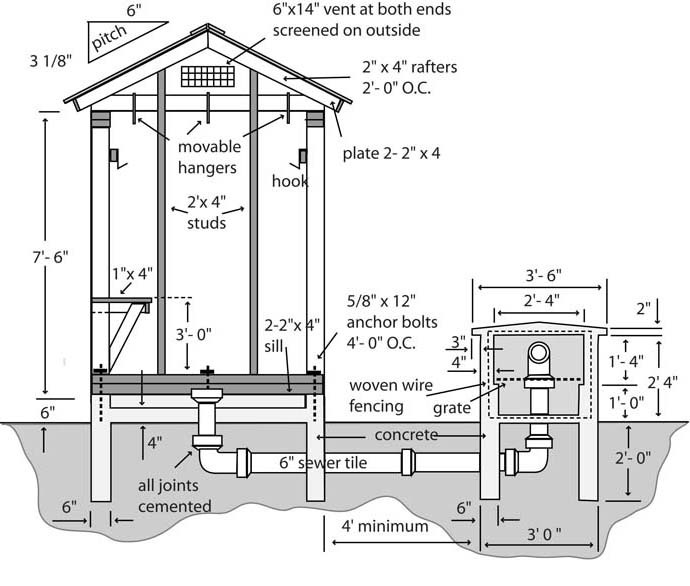Four of the six large salivary glands are associated with the floor of the mouth i e the sublingual and submandibular glands.
Cross section floor of mouth.
Arterial supply to the floor of the mouth and lingual gingiva.
The boundaries of the mouth are formed by the lips cheeks floor of the mouth and palate the mouth contains the teeth and tongue and receives secretions from the salivary glands it performs three main functions which have to do with digestion breathing and speech.
According to many anatomy textbooks the blood supply to the mandibular lingual gingiva and the floor of the mouth is derived from the sublingual branch of the lingual artery.
1 university of nebraska college of dentistry.
Floor of the mouth cancer most often begins in the thin flat cells that line the inside of your mouth squamous cells.
Its boundaries are defined by the lips cheeks hard and soft palates and glottis it is divided into two sections.
As such it represents the inferior border of the oral cavity.
The mouth also called the oral cavity is the first part of the gastrointestinal tract or alimentary canal.
The vestibule the area between the cheeks and the teeth and the oral cavity.
The floor of mouth is a u shaped space which extends and includes from the oral cavity mucosa superiorly and the mylohyoid muscle sling 2 3.
Changes in the look and feel of the tissue on the floor of the mouth such as a lump or a sore that doesn t heal are often the first signs of floor of the mouth cancer.
The floor of the mouth also called diaphragma oris includes the soft tissues between the medial aspect of the mandibular body and the hyoid bone.

